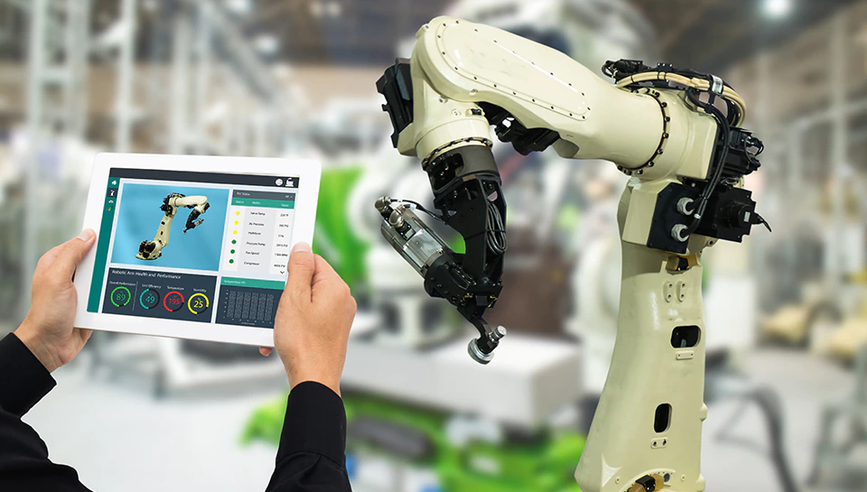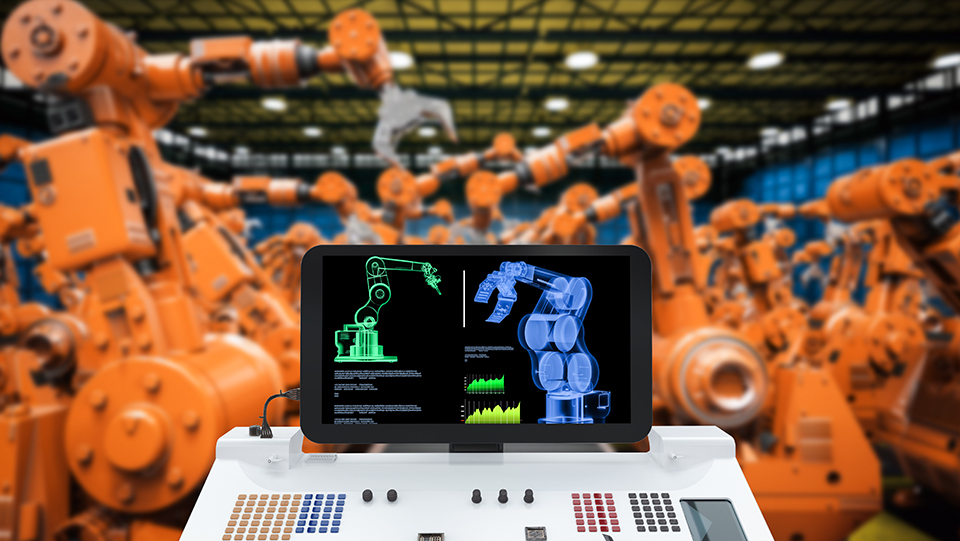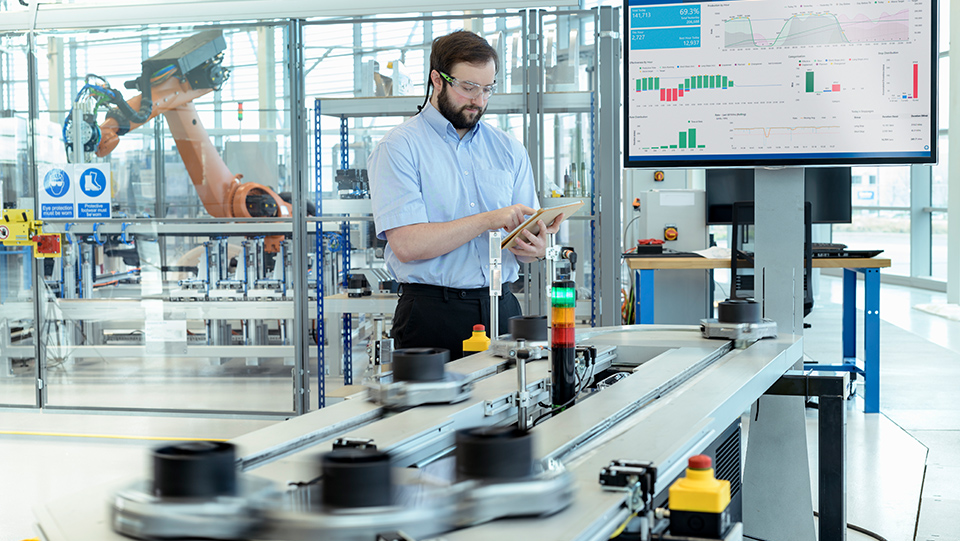4 Risks of IoT in Manufacturing


The Industrial Internet of Things (IoT) is widely considered the most significant development in manufacturing since the Industrial Revolution, connecting workers, data and equipment. For a manufacturer planning to integrate connected manufacturing capabilities, the benefits can include greater operational efficiency, safety advantages and reduced costs.
While IoT (also known as Industry 4.0) can be a competitive advantage for manufacturers, it can also introduce new operational risks. You’ll want to keep these in mind and consider the ways to further protect your business in this highly connected environment. Here are four key risks to consider when introducing IoT into manufacturing processes, procedures and finished products.
1. Manufacturing defect
When IoT technologies are integrated into finished goods, they can introduce defects that can cause products to function differently from their intended designs. If the product does not work as intended due to an error, omission or negligent act, these manufacturing defects can lead to injuries and economic losses for customers, which can lead to lawsuits and damage to the manufacturer’s brand and reputation.
In one recent example, the Miraj botnet attack targeted IoT devices without effective security protocols, overwhelming websites with Distributed Denial-of-Service (DDoS) attacks. The botnet scanned for the use of insecure default passwords on the IoT devices, infecting them with malware used to take well-known websites offline. Other botnet attacks target the devices themselves, potentially compromising the machine and then spreading into other connected systems.
Risk Scenario
Disgruntled for destruction. An employee leaves his company to join a start-up competitor. In an effort to increase market share, he hacks into his former employer’s network and gains access to production line control systems. The employee makes slight changes to sensor tolerances so that the products do not conform to design specifications. The company begins to lose market share due to unreliability of their products and reputational damage.
2. Property
Incorrectly integrating IoT technology into your operations, such as the use of a faulty algorithm, could lead to damage to your manufacturing facility, raw materials or finished goods. Devices can overheat, explode or otherwise malfunction in a way that causes harm. “IoT has the potential to actually cause physical damage in the real world,” said John Machnicki, Vice President and Director of the Risk Control Laboratory at Travelers.
Having proper quality controls in place before using IoT technology can help manufacturers avoid mistakes that can lead to property damage. Manufacturers can post clear warnings and instructions. Physical security measures may also be necessary to ensure that only authorized employees have access to IoT-equipped machines and to the software used to program them.
Risk Scenario
Self-guided Material Handling Robot. An electronics manufacturer uses autonomous material handling vehicles to deliver parts from staging areas to production cells as well as assembled goods to the warehouse. The vehicles are guided by an IoT sensor system that uses guidance beacons that form a map of the production floor. After the guidance system was hacked, the vehicle veered from its expected path, striking a warehouse rack and causing damage to products ready for shipment. As a result, stock was either destroyed or had to be reworked, and customer orders were delayed.
3. Workplace safety
As manufacturing becomes increasingly automated, the need for proper training, procedures and safeguards when working near IoT machines, equipment and devices is critical. While traditional manufacturing equipment builds on a legacy knowledge of safety, emerging technology can bring new risks. Some of these advanced manufacturing systems may be designed without standard safety protocols, such as machine guarding and emergency stops, which can protect employees working near the automated equipment.
The custom nature of the IoT technology incorporated into manufacturing equipment means that integrators often work closely with manufacturers to develop equipment specifications for their facility. Manufacturers can involve the quality assurance manager, the safety manager, employees and maintenance workers in anticipating potential risks and determining the safety features to incorporate in custom equipment and applications. The variety of perspectives can help to illuminate possible issues ahead of time and add a layer of insight that can prove valuable in the planning.
Risk Scenario
Stamping Hazard. A stamping press is connected to an integrated production line where sensors synchronize the placement of raw metal into the press. The stamping press, conveyor and material handling robot are made by different manufacturers. The settings for the robot are adjusted remotely by the manufacturer, improving its energy consumption but throwing off the synchronization with the stamping machine. The operator of the press, unaware that any changes have been made, inserts his hand into the press area to remove a part just as the robot inserts a metal blank, causing a hand injury.
4. Cyber risks
A criminal attack, ineffective cloud security, IT security failure or the vulnerability of the IoT devices can all lead to a data breach if data held within the IoT systems is not properly secured. A hacker could halt production operations or steal the company’s Intellectual Property (IP) if it is stored within the devices or accessible through the hack.
Installation of an IoT system can create unwanted portals for access in a number of ways. There are four primary access points associated with IoT systems that manufacturers need to consider when evaluating their cybersecurity policies:
- The smart sensors and actuators that allow the IoT to operate in an autonomous fashion can be breached in place to gain access to the IoT network;
- The communication systems that allow IoT devices to communicate together;
- The computer platform used to store and manage the data; and
- The computer software that interprets the data for actionable insights (algorithms and applications) and actions.
Risk scenario
Video vulnerability. Hackers take advantage of a vulnerability in manufacturer’s Internet-connected video surveillance system to connect to their network. After exploring the server, they choose to alter the inventory management system to disrupt the company’s operations. As a result, the erroneous data triggers their auto-reordering system to buy materials they already have on hand and delay ordering of supplies for which they are in need.
Safety features, data protection measures, effective risk management and good design decisions can help manufacturers reduce their risks. Given the pace of technological change, manufacturers may also want to investigate their insurance options for the cyber/data breach, bodily injury liability, manufacturing errors and omissions, property and workplace safety risks associated with IoT technology.



